1. Removable Wallpaper Everywhere
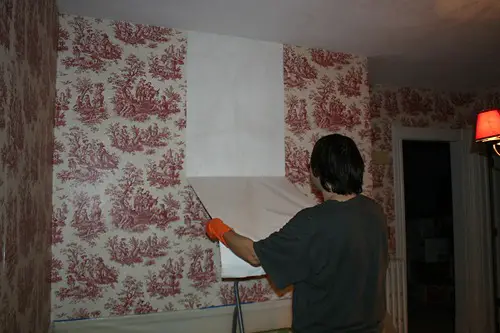
Removable wallpaper is great for renters or anyone experimenting with style, but when every wall in your home is covered in peel-and-stick florals, it can signal something deeper. It’s like you want the look of commitment without actually committing. There’s no risk, no permanence—just a decorative one-night stand. It’s perfect for change, but too much of it might mean you’re avoiding decisions with long-term consequences.
It’s not just about aesthetics—it’s about flexibility becoming a lifestyle. Choosing temporary over permanent again and again can reflect a fear of being “stuck” with anything. After all, if it’s easy to take down, it’s easy to walk away from. And isn’t that the whole point?
2. Floating Shelves With Nothing On Them
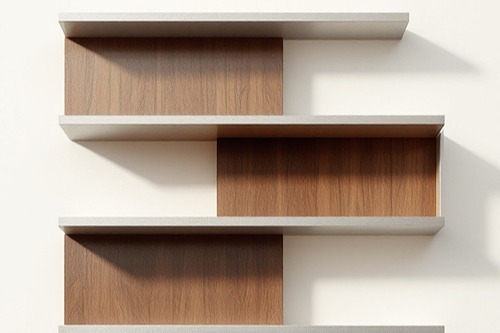
Floating shelves look clean and modern, but if yours are bare or sparsely populated with generic candles and one succulent, we need to talk. A shelf is a place to display something meaningful, and leaving it empty reads like you’re afraid to define yourself. It’s the interior design equivalent of ghosting your own personality. You’ve literally created a space to express yourself—and then opted out.
This kind of minimalism isn’t just aesthetic; it can be a sign of emotional detachment. A home should reflect who lives there, not a catalog spread for indecision. Empty space can be beautiful, but when it feels sterile, it’s telling. Maybe the fear isn’t clutter—it’s connection.
3. An Overreliance on Multipurpose Furniture

That ottoman that turns into a coffee table that turns into a guest bed? Great in theory, but if everything in your house is doing double duty, you might be trying too hard to keep your options open. It’s like you’re designing your home for a hypothetical version of yourself. One who might have guests, or might not stay long, or might move at any moment.
Multipurpose pieces are often associated with transitional living—think dorm rooms, studio apartments, or starter homes. There’s nothing wrong with versatility, but when it becomes the default, it can suggest you’re not ready to settle down—literally or figuratively. You’re always halfway packed. That ottoman may be handy, but it might also be hiding your fear of permanence.
4. Avoiding Real Art

If every wall is decorated with mass-produced prints or trendy quotes in cursive font, it could be time to ask why. Original art often comes with an emotional investment—not to mention a financial one. Choosing it means putting a stake in the ground: this is what I love, and this is what I want to see every day. That’s a level of commitment not everyone is comfortable with.
Posters from IKEA don’t require vulnerability. But buying—or even hanging—art that reflects your personality? That’s intimate. So when your “gallery wall” could just as easily belong to your neighbor, it may be because you’re afraid to get personal with your space.
5. A Neutral-Only Color Palette
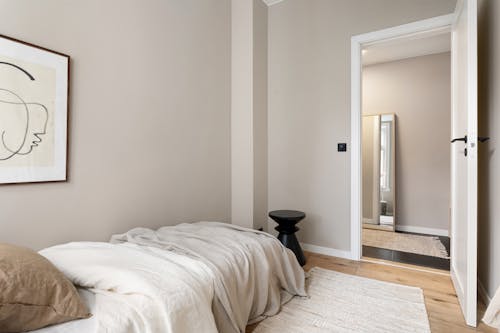
Beige, gray, white, repeat. Neutrals are safe, soothing, and inoffensive—but they’re also noncommittal. A home without color can feel like a life without bold choices. When everything looks like it’s been run through the same Instagram filter, it’s hard to know who actually lives there.
Choosing bold colors requires taste, confidence, and a willingness to stand by a decision. Neutrals, on the other hand, ask nothing of you emotionally. It’s decorating in airplane mode. If you’re afraid to paint even one accent wall something vibrant, ask yourself why.
6. Still Living With Move-In Furniture
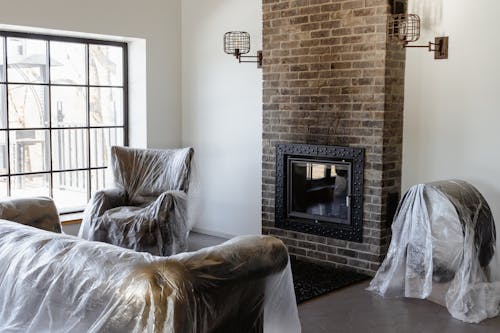
That hand-me-down futon and scratched coffee table from your college days? If they’re still central pieces years later, you might be holding on to the past instead of investing in your present. These placeholders suggest you’re not sure if where you live is really “home.” Or maybe you’re waiting for someone else to make it feel that way.
It’s not about budget—it’s about intention. Even small upgrades show you believe you’re worth the effort. Hanging on to furniture you never chose says you haven’t chosen this life yet. And maybe you’re afraid to.
7. Refusing to Hang Anything on the Walls
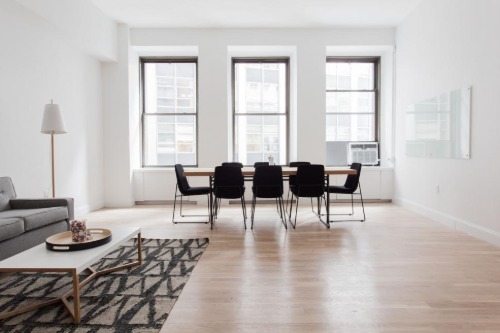
Blank walls scream, “I might not be here long.” Art, mirrors, shelves—these things take tools, effort, and a little faith in the future. Not hanging anything feels safe, like you’re avoiding leaving a mark. But it also keeps your space from ever feeling like your own.
It’s not just about the holes in the drywall—it’s about the emotional holes in the room. A bare wall offers no clues about your style, your story, or your substance. It’s the easiest way to not make a decision. And the hardest one to justify if you’ve lived there for more than six months.
8. A Parade of Unlit Candles

Candles are cozy, intimate, romantic—when they’re actually used. But if they’re all pristine and unburned, it feels more like staging than living. It’s like you’re setting the mood for a life you’re not sure you want to participate in. You’ve curated the vibe, but you’re not stepping into it.
Unlit candles are all potential, no presence. They suggest a fantasy of warmth and connection, not the real thing. Lighting one means committing to a moment. Keeping them untouched is like saying, “Not yet.”
9. Using Only Temporary Lighting
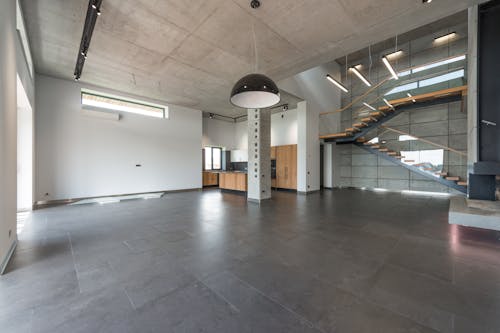
Floor lamps, clamp lights, and battery-operated sconces all have their place—but if you never install a permanent fixture, that says something. It’s a refusal to get too involved with the infrastructure of your space. Like you’re always ready to unplug and walk away. Permanence feels risky, so you go for plug-and-play instead.
There’s also a missed opportunity here: lighting defines mood and function. Temporary options can’t always do the job, and choosing them means settling for “good enough.” It’s another way of saying, “I’m not staying.” And spaces can feel that.
10. Sparse Bookshelves
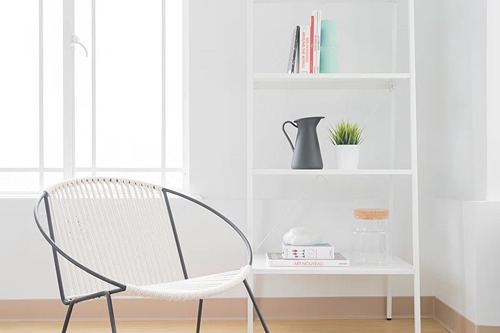
A half-filled bookshelf might look minimalist, but it often reads as “I just moved in.” Or “I’m not sure who I am yet.” Books are deeply personal—what you choose to display says something about your values, interests, and how you spend your time. Empty shelves can suggest you’re hesitant to declare those things.
Even if you’re not a big reader, the absence of any curation sends a message. It’s the interior design version of “don’t pin me down.” But decorating means saying something, even if it’s quiet. A fear of being boxed in can leave you with boxes that are never unpacked.
11. Plants That Are All Fake
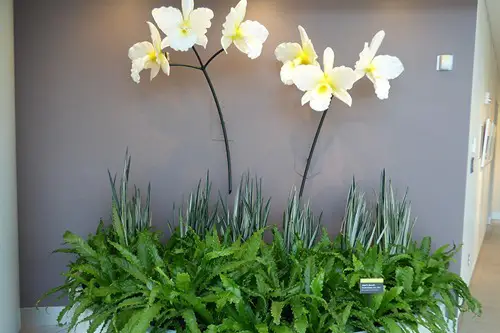
There’s nothing wrong with a good faux fiddle leaf fig—until it’s the only greenery in your house. Real plants require care, consistency, and attention—just like relationships. Choosing only fake ones means you get the look without the responsibility. And it could mean you’re not up for the nurturing that real things require.
Yes, fake plants are tidy and low-maintenance. But they’re also lifeless. A home full of plastic leaves can feel emotionally plastic, too. Sometimes a lack of commitment shows up in the soil you refuse to water.
12. Curtains That Don’t Reach the Floor
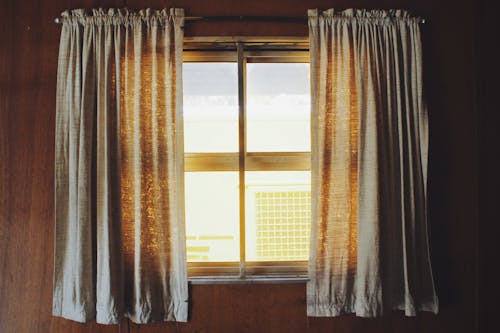
Improper curtain lengths are surprisingly common—and they often suggest either haste or half-measures. Curtains that hover awkwardly above the floor look like you’re just passing through. It’s a detail that says, “Good enough,” instead of, “I’m home.” And it quietly undermines the rest of your efforts.
Getting the length right means measuring, planning, maybe even tailoring. It means caring enough to finish the job. When you don’t, it can be a sign you’re still in limbo. Even your windows aren’t sure you’re staying.
13. A Reliance on Command Strips

Command strips are fantastic for temporary spaces—but if you’re using them to hang everything, everywhere, you might be avoiding commitment. Nails and anchors mean permanence, and some people just can’t go there. You want everything to look good, but still be easily removed—like a relationship with an escape hatch. It’s decor with one foot out the door.
This isn’t just about wall damage—it’s about emotional safety. Command strips say, “I’m here, but not forever.” It’s DIY caution tape for your personal space. And it sends a message whether you mean to or not.
14. No Personal Photos

Homes without photos of friends, family, or even pets can feel oddly anonymous. It’s like living in a rental you never fully unpacked. Personal photos tell stories, mark moments, and root us in our relationships. Not having any might mean you’re hesitant to open that emotional door.
It’s not that your home has to be a shrine—but zero pictures is its own statement. Maybe you don’t want to look too tied down. Or maybe you’re waiting for something—or someone—that hasn’t arrived yet. Either way, it’s a noticeable absence.
15. Leaving the Price Tags On
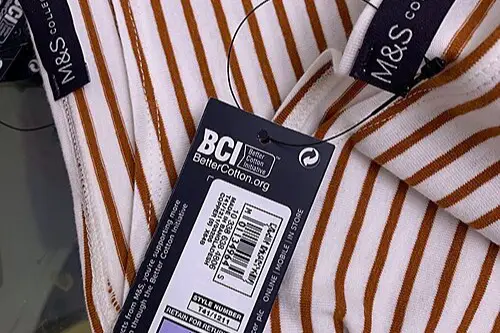
Yes, some people actually do this—on furniture, on decor, even on mirrors. Leaving tags on is a literal symbol of transience, like you’re not sure if you’ll keep it or return it. It’s a refusal to fully own your choices, and it’s visible to everyone. It says, “This might not be permanent.”
Even subconsciously, it can reflect your reluctance to commit to your purchases, your style, or your space. If you can’t take the tag off, you probably can’t put roots down either. It’s decorating with one hand on the receipt. And that says a lot more than you think.
This post 15 Decorating Moves That Suggest a Deep Fear of Commitment was first published on Greenhouse Black.
